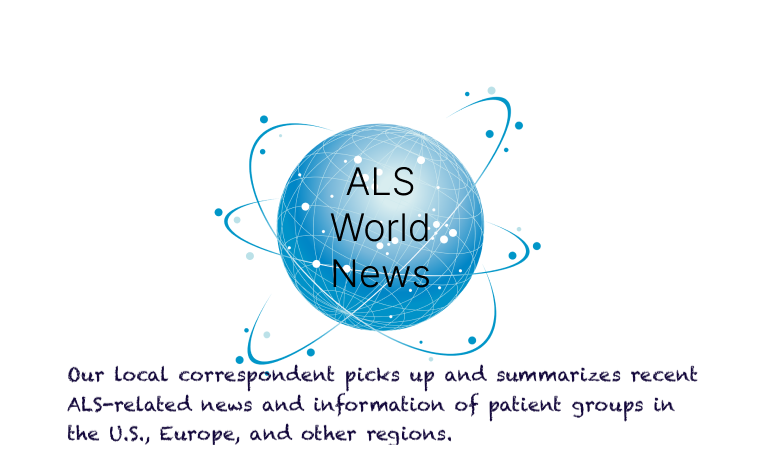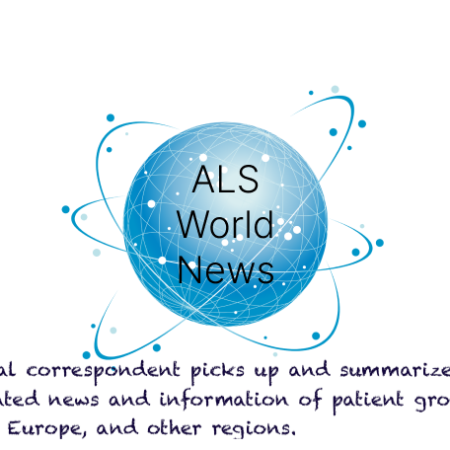On the 14th of this month, Oncolys Biopharma, Inc. (Japan) and Transposon Therapeutics, Inc. (U.S.) reported that the clinical trials Phase 2a (for PSP) and Phase 2 (for C9 ALS and C9 FTD) of OBP-601 (censusvudine, TPN-101), a genomic reverse transcription replication inhibitor, have shown early clinical efficacy based on interim results. Based on the interim results of Phase 2a (for PSP) and Phase 2 (for C9 ALS and C9 FTD), we reported that early clinical efficacy was observed. This inhibitor was originally developed as an antiviral drug for HIV (human immunodeficiency virus). It is now expected to be effective against PSP (Progressive Supranuclear Palsy), ALS (Amyotrophic Lateral Sclerosis), FTD (Frontotemporal Dementia), AGS (Aicardi-Goutiere’s Disease), and Alzheimer’s disease, and a clinical trial for Alzheimer’s is planned soon.
The development of “OBP-601” was promoted by the results of animal experiments conducted by Salk Inst. in the U.S., Brown University, the University of Rochester, NYU, and others, which showed that the drug is effective for neurodegenerative diseases. The human genome contains all genetic information, but only about 2% of it is usually referred to as “genes.” The remaining 98% was, until just a few years ago, referred to as “junk” and thought to have no function. They consist of moving genes (Jumping Genes) called “transposons” and their remnants. Transposons are factors that have entered the human genome over millions of years and account for about 50% of the total human genome, also known as parasitic DNA. There are two types of transposons: those that only transfer (Cut & Paste) are called transposons in the narrow sense, and those that fly to a different location after reverse transcription and repeat genome insertion (Copy & Paste) are called retrotransposons.
However, it is also believed that the continued increase in the replication of retrotransposons can trigger various reactions that damage nerve cells, leading to neurodegenerative diseases and neuronal cell death, which in turn leads to neurological intractable diseases. This is thought to induce neuronal death and lead to intractable neurological diseases. Currently, the retrotransposons in the human genome that can be transferred autonomously are LINE-1 (Long Interspersed Element-1, or L1. Long Interspersed Repeat-1), which accounts for approximately 20% of the human genome. Activation of LINE-1 has long been known as a characteristic response common to various neurodegenerative diseases, but its significance was not well understood. In the past few years, several laboratories in Japan, the U.S., and Europe have begun to elucidate the process from retrotransposon LINE-1 activation to inflammation and neuronal cell death through immune response.
OBP-601 is expected to slow the progression of neurodegenerative diseases by inhibiting the reverse transcription and replication of LINE-1. The data showing that OBP-601 is effective against neurodegenerative diseases such as Alzheimer’s disease in HIV patients who have taken it for a long period of time, is expected to eventually lead to the development of OBP-601 not only for PSP and ALS, but also as a treatment for Alzheimer’s disease, which is the most common neurodegenerative disease in the world. The development of this drug is also planned.
See also:
Oncolys Biopharma’s OBP-601 (censavudine, TPN-101) Interim Clinical Study Report
<Summary>1. OBP-601 inhibited increases in NfL, tau, UCHL1, YKL-40, and osteopontin levels in cerebrospinal fluid, biomarkers of neurodegeneration, inflammatory neurodegeneration, and microglial activation, by 24 weeks after initiation of treatment. 2. The study also demonstrated that the drug inhibited the increase in the levels of NfL, tau, UCHL1, YKL-40, and osteopontin in cerebrospinal fluid, biomarkers reflecting neurodegeneration, inflammatory neurodegeneration, and microglial activation. The study also demonstrated an early clinical response in respiratory function (Vital Capacity), an objective measure that correlates with mortality in ALS patients. 3. Most importantly, C9orf72-associated ALS and FTD are known to show CNS pathology similar to that of Alzheimer’s disease, and this biomarker change suggests its application to Alzheimer’s disease.
“Transposon’s founding mission was to establish human proof-of-concept that dysregulation of retrotransposable elements in neurodegenerative diseases such as PSP, ALS and Alzheimer’s disease can be addressed with a new class of LINE-1 reverse transcriptase inhibitors. The results obtained with TPN-101 in both PSP and ALS/FTD show for the first time that neurodegenerative diseases that involve LINE-1 dysregulation are treatable with a specific inhibitor of this important novel target. We look forward to advancing the development of TPN-101 into registration studies to address this devastating and rapidly growing disease category.”
[Comments by Eckard Weber, M.D., Founder and Chief Innovation Officer, Transposon, Inc.]
“Given the large unmet needs in PSP and ALS, these promising results highlight the therapeutic potential of TPN-101 for both disorders. These data also provide key validation of targeting LINE-1 to treat other tauopathies such as Alzheimer’s disease.”
[Comments by Murali Doraiswamy, MBBS, FRCP, Professor of Psychiatry and Geriatrics at Duke University and Chair of Transposon’s Clinical Advisory Board].
https://ssl4.eir-parts.net/doc/4588/tdnet/2396695/00.pdf
The role of retrotransposable elements in ageing and age-associated diseases
https://www.nature.com/articles/s41586-021-03542-y
Brown University article on transposons
https://www.brown.edu/news/2021-08-17/transposons
Article on “Jumping Genes” on Salk Inst.
Feb 24, 2024 reported by N. Schlough



